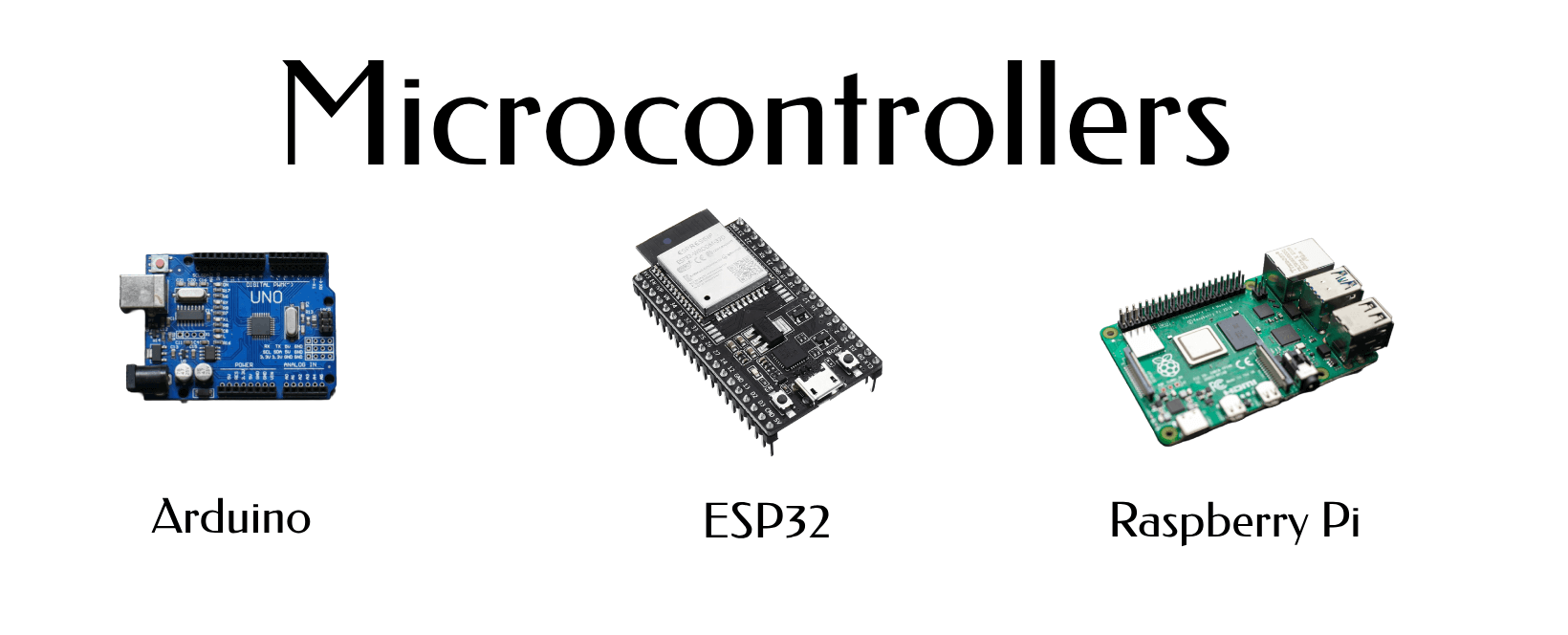In an era where technology permeates every aspect of our lives, embedded systems play a crucial role in powering everything from smart home devices to industrial machinery. If you’re intrigued by the idea of working with hardware and software at a deep level, the field of embedded systems might be your ideal career path. Here’s a step-by-step guide on how to get started.
1. Understand What Embedded Systems Are : Embedded systems are specialized computing systems that perform dedicated functions within larger systems. Unlike general-purpose computers, these systems are designed for specific tasks. Examples include microcontrollers in home appliances, automotive control units, and medical devices. Understanding the fundamentals of embedded systems is crucial, as it sets the foundation for your journey.
2. Build a Strong Foundation in Relevant Disciplines :
a. Electronics and Electrical Engineering: Familiarize yourself with basic electronics, circuit design, and signal processing. Understanding components like microcontrollers, sensors, and actuators is essential.
b. Programming Skills: Learn programming languages commonly used in embedded systems such as C, C++, and Python. C is particularly important because it’s widely used in low-level programming for microcontrollers.
c. Computer Science Principles: Gain knowledge in algorithms, data structures, and operating systems. This understanding will help you work with the software that interacts with hardware.
3. Get Hands-On Experience :
a. Start with Simple Projects: Begin with DIY electronics kits or development boards like Arduino or Raspberry Pi. These platforms offer a user-friendly way to experiment with hardware and software integration.

b. Build Your Own Projects: Once you’re comfortable with basic projects, try building something more complex. This could be a home automation system, a custom sensor, or even a simple robot. Real-world projects enhance your problem-solving skills and deepen your understanding of embedded systems.
c. Contribute to Open Source Projects: Collaborate on open source embedded systems projects. This experience will expose you to real-world challenges and coding practices used by professionals in the field.
4. Learn to Use Development Tools Familiarize yourself with development tools and environments used in embedded systems. These include:
a. Integrated Development Environments (IDEs): Tools like Keil, MPLAB X, or Arduino IDE help in writing and debugging code for microcontrollers.
b. Version Control Systems: Get comfortable with version control systems like Git, which are essential for collaborative development.
c. Debugging Tools: Learn how to use oscilloscopes, logic analyzers, and in-circuit debuggers. These tools help you troubleshoot and fine-tune your embedded systems.
5. Deepen Your Knowledge Through Formal Education Consider pursuing formal education in fields related to embedded systems:
a. Degrees: A degree in Electrical Engineering, Computer Engineering, or Computer Science provides a strong theoretical foundation and specialized knowledge.
b. Certifications and Courses: Online courses and certifications can offer targeted knowledge in embedded systems. Look for courses that cover microcontroller programming, real-time operating systems (RTOS), and embedded Linux.
6. Gain Industry Experience:
a. Internships and Co-ops: Seek internships or co-op positions in companies that focus on embedded systems. These opportunities provide practical experience and can be a stepping stone to a full-time position.
b. Entry-Level Positions: Look for entry-level roles such as embedded systems engineer or firmware developer. These positions allow you to apply your skills in a professional setting and learn from experienced colleagues.
7. Network and Stay Updated :
a. Join Professional Organizations: Become a member of professional organizations like the IEEE or the Embedded Systems Association. These groups offer networking opportunities, resources, and industry insights.
b. Attend Conferences and Workshops: Participate in conferences, workshops, and seminars related to embedded systems. These events are great for learning about the latest advancements and connecting with professionals in the field.
c. Follow Industry Trends: Stay informed about emerging technologies and trends in embedded systems. Reading industry journals, blogs, and news articles can help you stay current and identify areas for further learning or specialization.
8. Keep Improving Your Skills : The field of embedded systems is constantly evolving. To stay relevant and competitive, continually improve your skills by:
a. Learning New Technologies: Explore advancements like Internet of Things (IoT), machine learning, and cybersecurity as they relate to embedded systems.
b. Practicing Problem-Solving: Regularly challenge yourself with complex projects and problems to enhance your analytical and troubleshooting skills.
c. Seeking Feedback: Regularly seek feedback on your work from peers and mentors. Constructive criticism can help you refine your skills and approach.
Conclusion
Breaking into embedded systems can be a rewarding journey, combining hardware and software skills to create impactful and innovative solutions. By building a solid foundation, gaining hands-on experience, pursuing relevant education, and staying engaged with the industry, you can position yourself for a successful career in this dynamic field. Embrace the challenges, stay curious, and enjoy the process of creating the systems that power our world.

